L
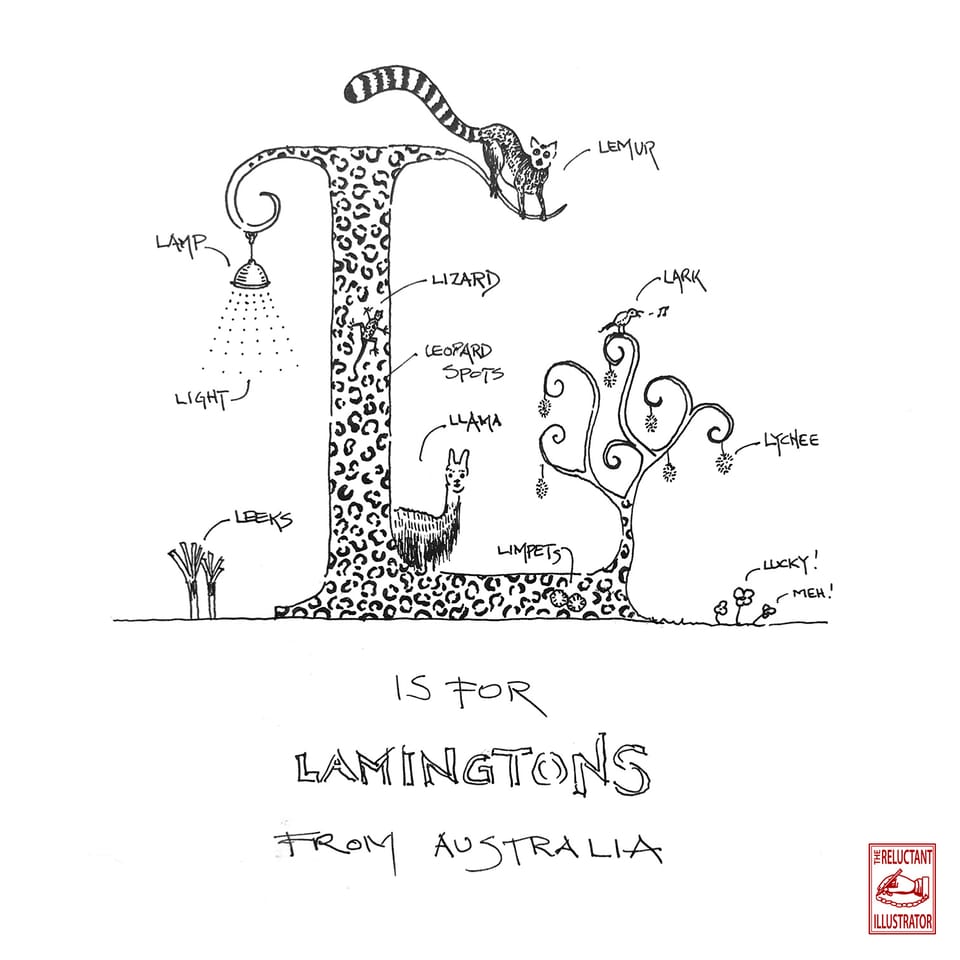
I've never been to Australia – it's likely that I may never go given the finite nature of things... and then again, you never know where the path will lead you.
From afar, it always seemed like a curious place of contrasts. An isolated beauty separate from the rest of the world full of exotic creatures and populated by strange, unique characters. Growing up in Kenya, we learned all about Australia's geography and history and I recall making a paper mache relief map – it seemed way flatter than this 3D rendering...
Our school lessons cast an equally long shadow of the racist and destructive history of Australia's colonial roots. I always suspected it's inclusion in the curriculum was a legacy of a common colonial heritage – Kenya had also been a British colony and a part of the Empire. In post-colonial Kenya, we learned a lot about colonization – The Scramble for Africa was a topic of study in history class.
The colonization of Australia was particularly brutal, perhaps given its foundation as a penal colony where the worst members of the British prison population were exported by the boatload. Like Rhodesia (back then, and now Zimbabwe) and South Africa, they were low on any list of places we were encouraged to visit – in fact, travel to the last two countries was expressly forbidden and stamped in our passports.
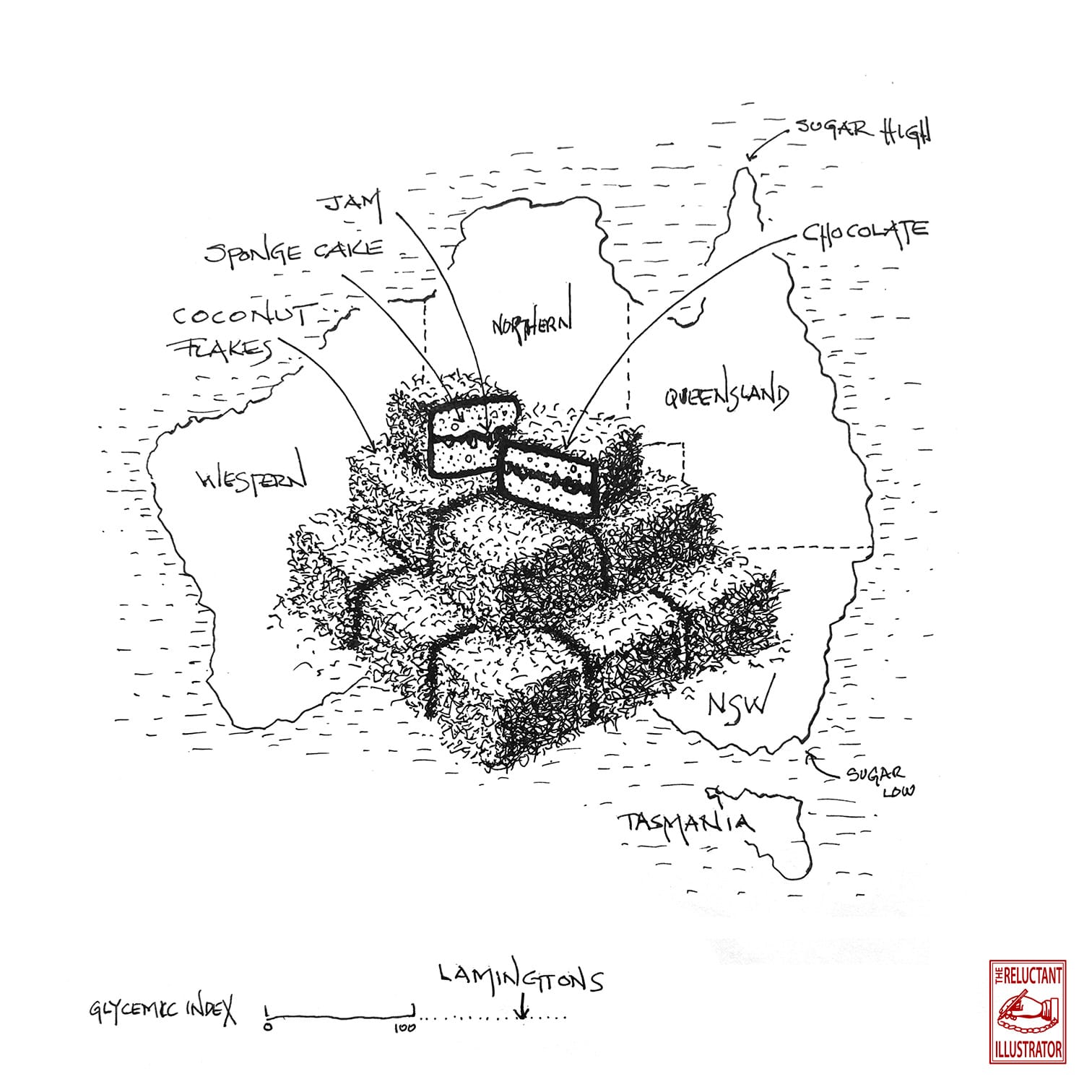
... and then I read The Songlines.
When I read The Songlines by Bruce Chatwin, I was enchanted by what he opened the door to – an ancient, profound and poetic way of being in the world with the landscape as a living organism and with the dream as a connecting path.
The Songlines is a 1987 book written by Bruce Chatwin, combining fiction and non-fiction. Chatwin describes a trip to Australia which he has taken for the express purpose of researching Aboriginal song and its connections to nomadic travel... Wikipedia
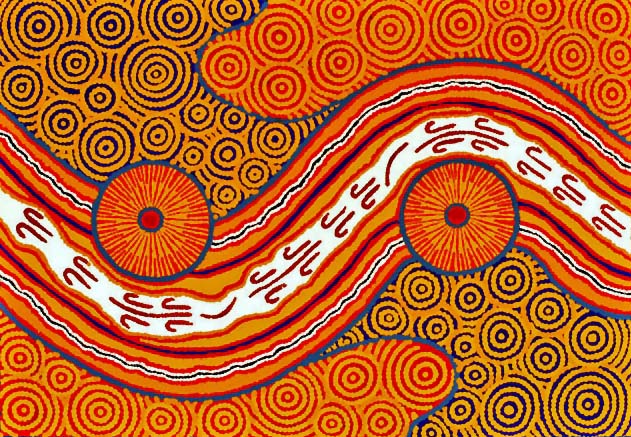
A songline is the term popularised by Chatwin for “tjuringa line” or “dreaming track”. It is not translatable in any sense. It is at once a map, a long narrative poem, and the foundation of an Aboriginal’s religious and traditional life; the marrow of his identity. For an outsider, the songline’s sacred truth is inaccessible, its mechanism fantastically complex. It is secret and there are penalties for those who transgress. But to a writer like Chatwin, searching for the essence of “wandering”, how attractive: to imagine that the meaning of a country could be established by the stories composed across its landscape. Nicholas Shakespeare, (Biography of Bruce Chatwin and his letters)
Singing the World into Existence.
What a beautiful metaphor. Chatwin's descriptions of Aboriginal Songlines and the notion of singing a landscape into its existence spoke to me about the sense of place I had experienced as a child in the spirited landscapes of Kenya, always alive and constantly buzzing with sound – you could feel the earth living all around you.
Chatwin explores such stuff in his interview in Fresh Air with Terry Gross, January 1, 1988 (30 min.) A wandering conversation on the nature of human restlessness, letting go, travelling, writing, treating the world as your back door, being receptive to receiving stories, fading away, embracing the void – a glimpse into a different time on the planet through a wandering Englishman's mind – flaws and warts included.
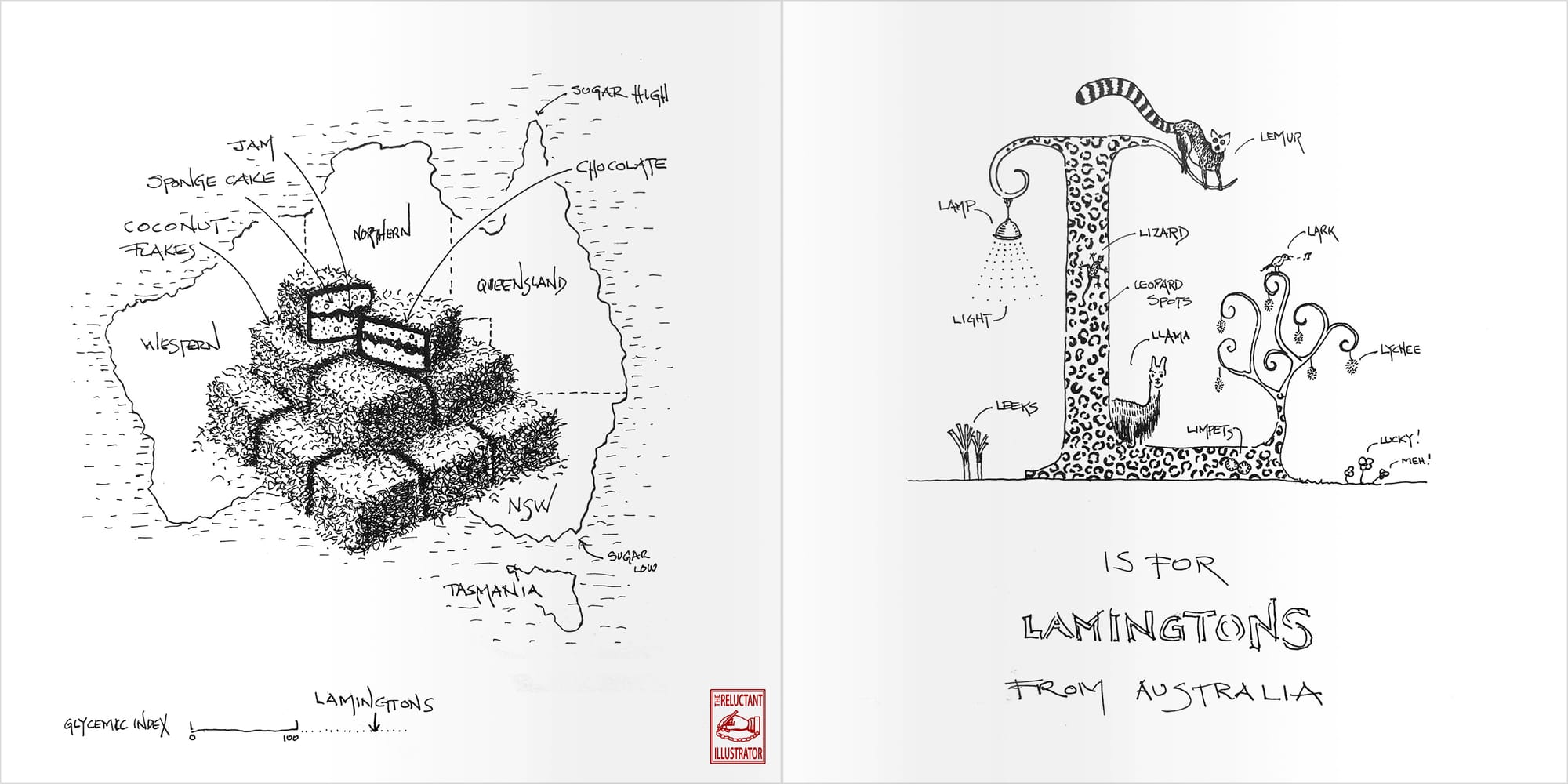
Happy Solstice!
The days start to get longer again for those of us in the northern hemisphere!
As always, thanks for reading and indulging!
Share via Email

Member discussion